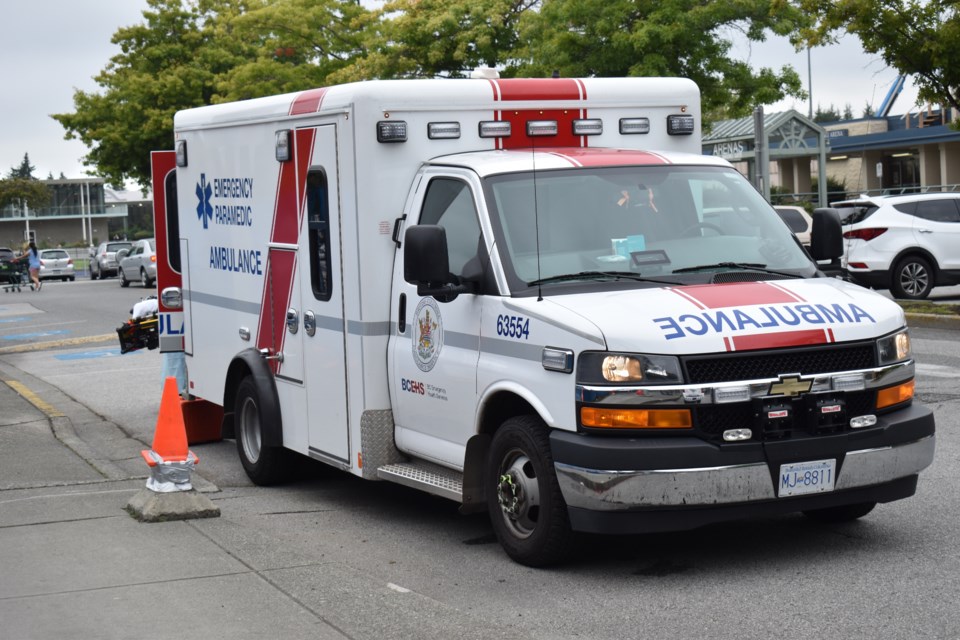Texting, videos and images will be a part of a new 9-1-1 system being rolled out over the next three years.
E-Comm, which handles police, fire and ambulance calls, is being mandated by the Canadian Radio-Television and Telecommunications Commission (CRTC) to overhaul its system, which will modernize large aspects of it – like having the technology to know where people are calling from – and expand it to allow other emergency services to be included in the system.
“There are functional improvements that are going to be available that will ultimately lead to better public safety,” Oliver Gruter-Andrews, president and CEO of E-Comm, told Richmond city council in a recent presentation.
Stephen Thatcher, vice-president with E-Comm operations, called the new NG9-1-1 system “transformational not merely transitional,” adding it will have all the “bells and whistles” with new technology and training to go with the new system.
9-1-1 costs are expected to go up for municipalities starting in 2023 to help pay for the new system. (The City of Richmond is already seeing an 18.6 per cent increase in its E-Comm levy in 2022 over 2021, about $25,000 more than it budgeted for.)
E-Comm, however, has also proposed the province take over responsibility for the 9-1-1 service, to set policies and standards, contract with the telecommunications company and offer other streams of funding, rather than paying for it via municipal property taxes, Gruter-Andrews said.
E-Comm 'significantly understaffed:' external review
But technology alone cannot solve the problems 9-1-1 is having responding to calls.
A review by Pricewaterhouse Coopers in 2021 concluded E-Comm was “significantly understaffed” and short about 125 people.
Much of the current pressure on the system is coming from BC Ambulance not being able to take calls coming via 9-1-1, Thatcher said.
In December, a decision was made to put some ambulance calls on hold until an ambulance dispatcher was able to respond – calls for police and fire were being held because 9-1-1 dispatchers were tied up waiting for BC Ambulance to respond.
This meant serious police calls were not being answered because all the call-takers were busy with ambulance calls, posing a risk to the public.
“It was a challenging choice to make but it was one E-Comm thought was in the best public interest,” Thatcher said.
Delays in BC Ambulance response times is a multi-tiered problem, Thatcher said, partly caused by not having enough dispatchers to take calls, not enough paramedics to respond to calls, and partly because of hospitals’ capacity to take in patients.
Of the 9-1-1 calls that come to E-Comm, about 63 per cent are for police, 31 per cent are for paramedics and six per cent for fire departments.
Pressure has been mounting on the 9-1-1 system since 2017, Thatcher said, but 2021 turned out to be a “extraordinary year” with more than two million calls. (There were 1.85 million in 2020.)
E-Comm had 13 per cent more calls in 2021 than its historically highest year, and nine out of 10 of its busiest days every recorded.
This was driven by several disasters in B.C. including the heat dome and the extensive flooding in the southern part of the province.
E-Comm is looking add more call-takers to its system – as well as streamlining some systems - while the ambulance service is looking at “aggressively” upstaffing, explained Thatcher.



